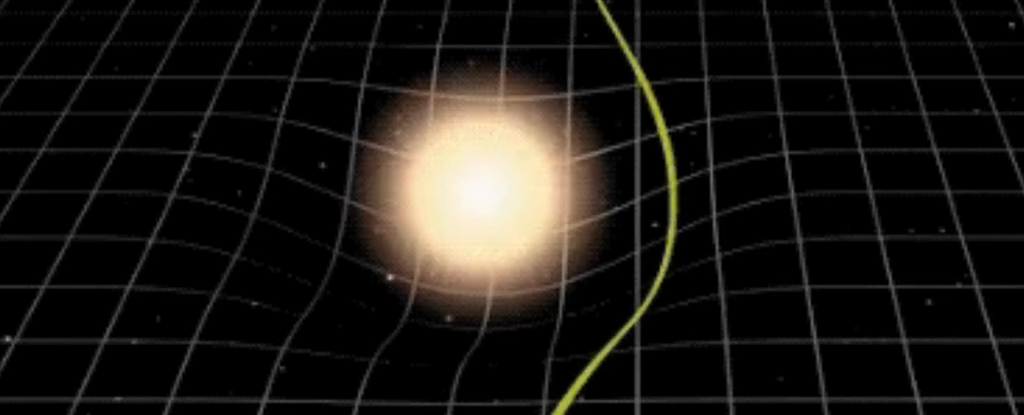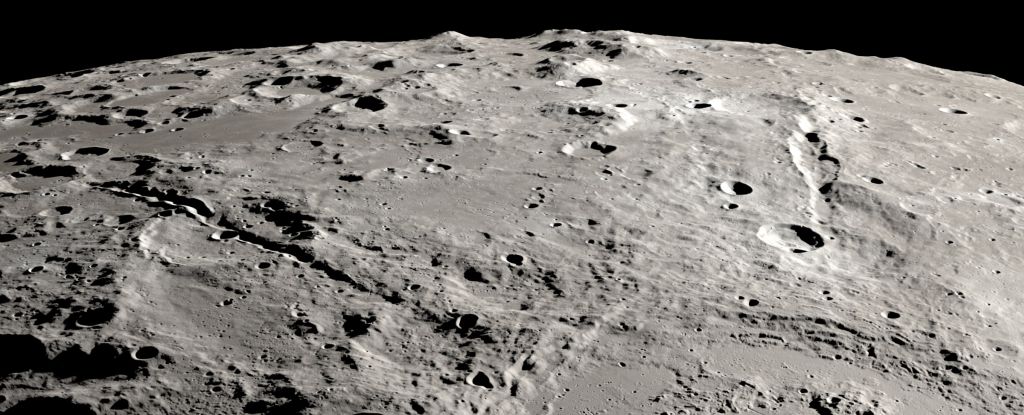If Earth is going to be blown to bits by an asteroid, it’d be nice to have some advance warning – to either do something about it, or simply find peace in our impending doom – and a newly developed equation gives us a better chance of an early heads up.
The work of physicist Oscar del Barco Novillo, from the University of Murcia in Spain, tackles the gravitational bending of light (GBL) – something physicists have been grappling with for decades. As a result of this bending, objects aren’t always where they appear to be out in space.
“The fundamental significance of our new equation is its high accurateness for the GBL angle calculation,” says Del Barco Novillo.
Knowing how light bends around the Sun and other massive Solar System objects means we can more accurately track smaller objects in space, including dwarf planets, comets, and asteroids heading straight for our planet.
“Our study, which is based on a geometric optics model, provides an exact equation for the most accurate calculation to date of the GBL angle by a static massive object – such as the Sun or Solar System planets,” Del Barco Novillo says.
“This could have implications on the precise positioning of distant stars, as well as the correct location of Solar System minor objects like asteroids, to a better estimation of their exact orbits.”
Science greats such as Newton, Soldner, Darwin, and Einstein have identified and attempted to calculate GBL, but this new equation adds more accuracy than before. In part, this is done by incorporating finite rather than infinite distances into the numbers.
frameborder=”0″ allow=”accelerometer; autoplay; clipboard-write; encrypted-media; gyroscope; picture-in-picture; web-share” referrerpolicy=”strict-origin-when-cross-origin” allowfullscreen=”allowfullscreen”>
More refinements were made by adopting what’s known as a material medium approach, which treats celestial objects in the same way as physicists would analyze simpler setups here on Earth – like the way light bends as it passes through a glass of water.
Del Barco Novillo then verified his new equation through more complex numerical simulations, as well as comparisons to previous calculations and the related Shapiro time delay formula. In each case, it was shown to be accurate.
“Different branches of astronomy and astrophysics, such as celestial mechanics or stellar dynamics, might benefit from this new result,” Del Barco Novillo explains.
Besides more accurately tracking asteroid orbits through space, the equation could prove useful in multiple ways. It might give us a better lock on Proxima Centauri for instance, the next-closest star to Earth after the Sun.
It could also help with the Euclid mission currently being undertaken by the European Space Agency: In the hunt for dark matter, it’s charting the position of billions of galaxies in the cosmos, up to 10 billion light-years away.
“It might be instrumental in finding a precise location of minor celestial objects in our Solar System and, consequently, a better determination of their orbits around the Sun,” says Del Barco Novillo.
“The new research should therefore be important for astronomers and astrophysicists working on ultra-precise astrometry measurements, particularly in gravitational lensing studies.”
The research has been published in the Monthly Notices of the Royal Astronomical Society.





